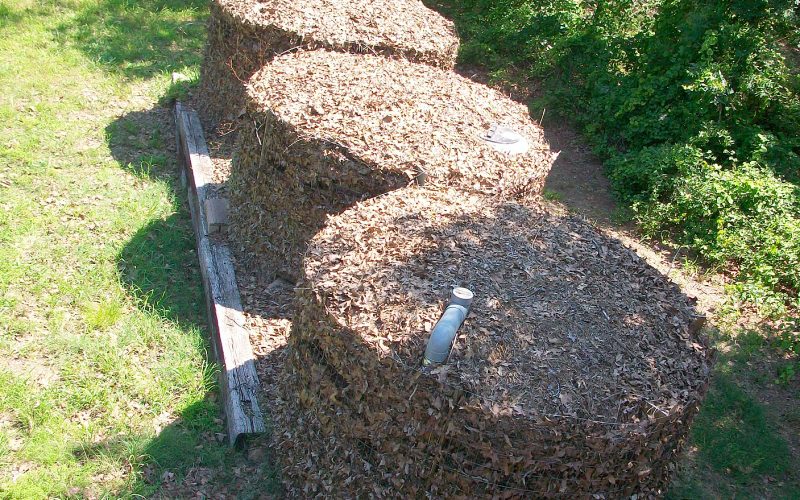Water catchment, or rainwater harvesting, is not just for the vegetables. It’s also for drinking, cooking, cleaning, watering farm animals and even preventing urinary tract infections in our pets! When I first discovered rain barrels, I didn’t realize that the broader concept of water catchment went far beyond irrigating the garden. And what better way to celebrate Independence Day this July 4th than to become as water independent as possible? Like some forms of energy independence, water independence allows us to get our water free, directly from the sky.
The general idea is to collect rain as close to where it falls as possible, such as on a roof or permeable deck, and use this water for cooking, cleaning, irrigation and drinking. Rainwater harvesting earthworks or “planting the rain” (described by Brad Lancaster, guest lecturer during the Dig In Food and Farming Festival) is landscaping that reduces erosion and helps get water to the plants that need it.
There are plenty of reasons to capture our own water. Not only does it conserve the limited amount of freshwater on the Earth, it contains fewer chemicals like chlorine and fluoride, and better quality water reduces the occurrence of urinary tract infections in our pets (especially cats). Of course, this assumes that the best filters and roofing materials are being used, so that other toxins aren’t being introduced to our captured rainwater.
This is a huge concern for Ripples, for not only do we plan on using a dry (compost) toilet to conserve water, we’ll need to capture rainwater in many ways. We already have a rain barrel, thanks to a workshop at Ozark Natural Foods. It’s a clear food-grade plastic barrel, which means that I’ll need to paint it in order to prevent sunlight from reaching the water and encouraging algae and harmful bacteria to grow. (For the steps I’m using to paint the barrel, follow our journey on Ripples blog!)
We’ll need more than a rain barrel to capture water for use indoors. For cooking, cleaning, bathing, etc., we’re researching cisterns. Multiple kinds of filters are needed, and as the picture demonstrates, insulation using leaves is also a good idea. Simultaneously, we’ll need to keep leaves out of the gutters while surrounding the outside of our cistern with them. Good camouflage, huh?
If you’re already familiar with rainwater harvesting and have your own rain barrel, cistern or other catchment system, consider going further. You can reuse greywater and harvest condensation, wind, snow, sun and shade, too! An excellent resource on these tactics is www.RainwaterHarvesting.com or the book Rainwater Harvesting for Drylands and Beyond by Brad Lancaster. For videos and more information, check out today’s blog post on Ripples!
Ripples is a blog connecting people to resources on sustainable living while chronicling their off-grid journey and supporting the work of non-profit organizations. Read more on this topic and others at www.RipplesBlog.org











